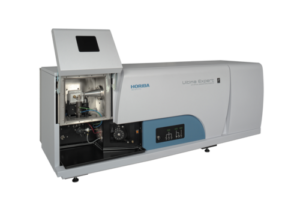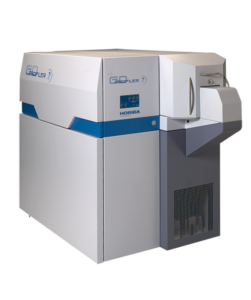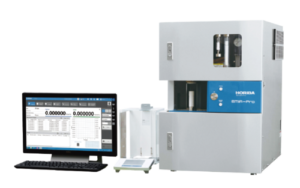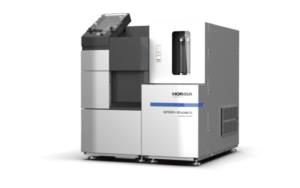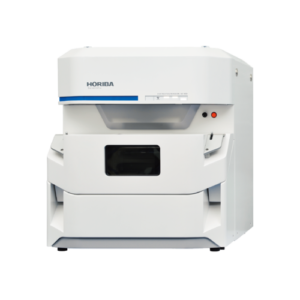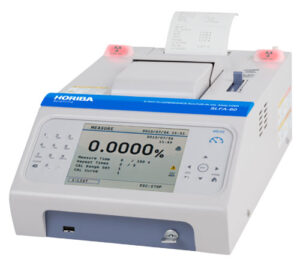How does Elemental Analysis work?
There are different techniques to assess the elemental composition of a material. In many cases, a combustion technique is used to vaporize the sample, and subsequently perform an elemental analysis by either emission or absorption spectroscopy. Heating can be performed in a crucible or by sputtering a sample.
ST Instruments provides equipment for four different types of elemental analysis. In Glow Discharge Optical Emission Spectroscopy, a plasma is formed by passing an electric current through a gas. This can eject material from the cathode, which is then analyzed using spectroscopy. Inductively Coupled Plasma – Optical Emission Spectroscopy (ICP-OES) also works with an argon plasma, produced by a quartz torch. Liquid samples are nebulized in a chamber, where the plasma atomizes and ionizes the material. Thermic energy produces excited states in the electrons of the atoms. When the electrons fall back to their ground level they emit photons which provide element-specific spectra.
Carbon/Sulfur & Oxygen/Nitrogen/Hydrogen Analysis is used to measure these elements in organic and inorganic compounds. Samples are atomized in a furnace and the elements are transported by a gas flow to an analyzer (Thermal conductivity detector or Non-dispersive infrared analyzer). In X-ray fluorescence, the emission of fluorescent electrons is induced by irradiating the sample with x-rays. The fluorescent electrons provide a ‘fingerprint’ of the elements. This is a non-destructive technique.

